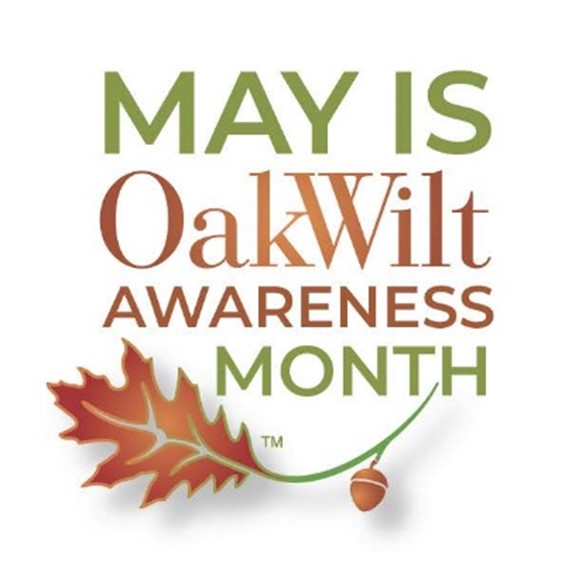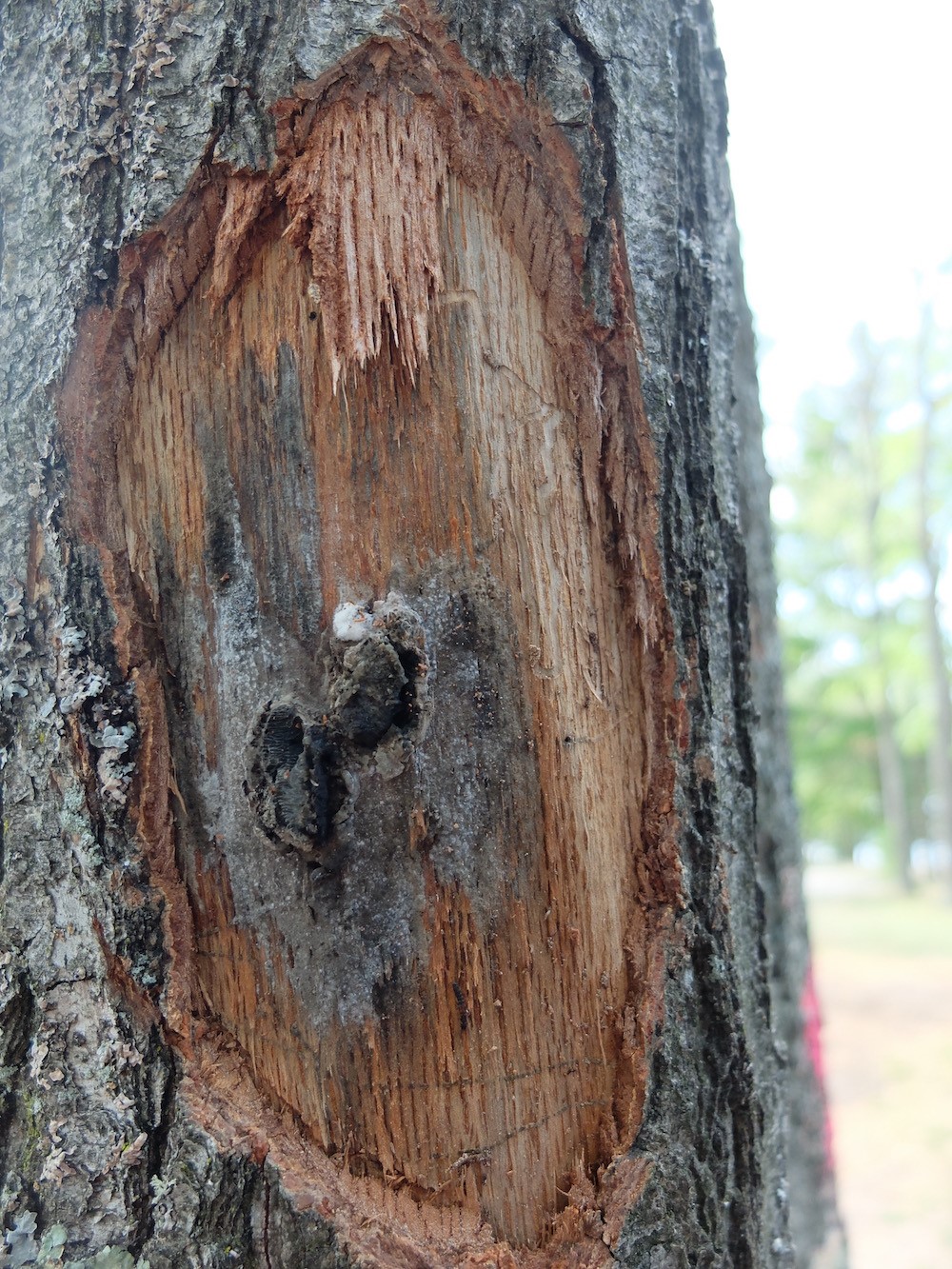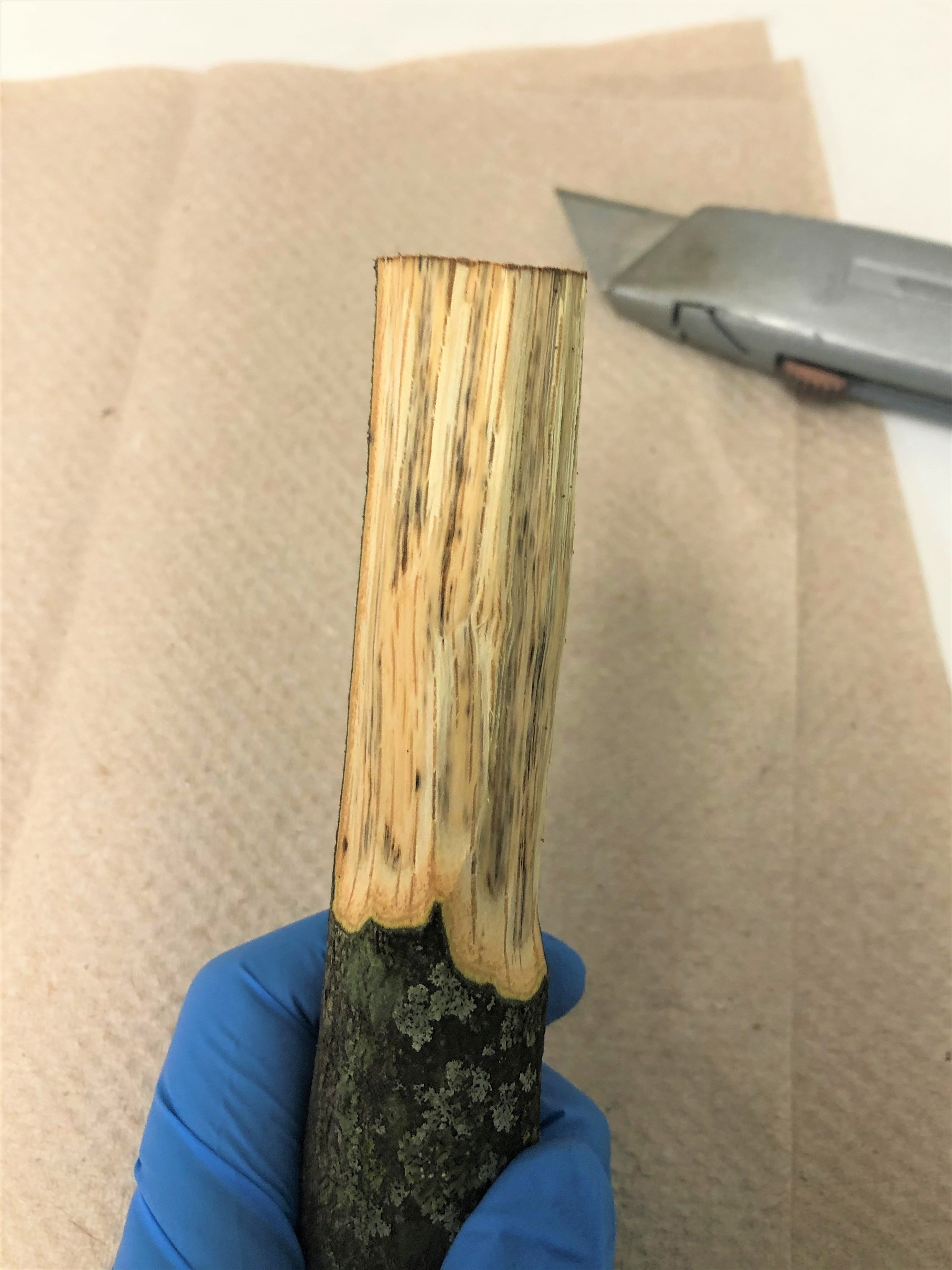The best sampling procedures for accurate oak wilt testing
Effective oak wilt management starts with confirmation of the disease.

May has been designated as Oak Wilt Awareness Month in Michigan to bring statewide attention to the value of oaks to Michigan’s environment, recreation and wood products industries, and the need to raise awareness about prevention and management of oak wilt, a disease killing many oaks across the state every year.
 Oak wilt is caused by the fungus Bretziella fagacearum (previously known as Ceratocystis fagacearum) and it is widespread in the state of Michigan (Figure 1). The fungus moves through and eventually blocks the water conducting system (xylem) in the tree leading to wilting leaves and eventually tree death.
Oak wilt is caused by the fungus Bretziella fagacearum (previously known as Ceratocystis fagacearum) and it is widespread in the state of Michigan (Figure 1). The fungus moves through and eventually blocks the water conducting system (xylem) in the tree leading to wilting leaves and eventually tree death.
The number of new oak wilt above-ground infections can be reduced by avoiding activities that injure oaks and expose the sapwood during the high-risk period of April 15 through July 15. Effective management starts with confirmation of the oak wilt fungus in the tree which requires a lab test or the observation of a mycelial mat under the bark of a dead oak (Figure 2). Once oak wilt is confirmed, a management strategy can be developed. This will typically involve the disruption of shared roots between infected and healthy oak trees and the removal of a buffer of healthy and all diseased oaks. Good management strategies can prevent many additional tree deaths.

If oak wilt is suspected, it is important to know how to properly collect and submit a good sample. Poorly collected samples or samples arriving to the testing lab in bad condition cannot be processed because the test will not detect the fungus, even if the tree is in fact infected. This is what we call a false negative result.
To reduce the risk of a false negative test result, understand these facts about oak wilt:
- The pathogen is found in the outer sapwood of the tree (oak wilt is a vascular disease).
- Sample quality is critical for the success of lab testing.
- Effective management of oak wilt depends on accurate disease diagnosis.
- Samples can be collected from branches (preferred) or the trunk (called bole sampling).
Michigan State University Plant & Pest Diagnostics will accept two different types of samples for oak wilt testing: branch or bole samples. Both require live tissue. Branch samples are preferred.
Branch sampling guidelines
- Try to include branches with leaves. Place the leaves in a separate bag when submitting samples.
- Include three different recently wilted branches that are at least 6 inches long and 1-2 inches thick.
- Remove a small section of bark and make sure the sapwood is moist, not dried out. The inner bark should still be green. Try to include sapwood that has a streaked appearance (Figure 3).
- Put branch samples in a sealed plastic bag and keep cold prior to shipping or drop-off.
- Do not add paper towels or additional moisture to plastic bag.
- Include a completed sample submission form.

Bole sampling is only recommended when branches are too high to reach, and the tree is already dying. This is a destructive sampling method.
Bole sampling guidelines
- Remove bark from a section of trunk to expose the sapwood. A hand axe works well for this task.
- Make sure the exposed sapwood is discolored. If it is not, move to another section of trunk.
- Collect a strip of sapwood 2-3 inches wide and 6-7 inches long.
- Place the sample in a sealed plastic bag and keep cold prior to shipping or drop-off. Try to include some fallen leaves in a separate plastic bag as well.
- Do not add paper towels or additional moisture to plastic bag.
- Include a completed sample submission form.
In recent years, MSU Plant & Pest Diagnostics has transitioned to using a DNA-based test, which is far quicker and more sensitive than the traditional method that required culturing the fungus. Results are usually returned within a week. In 2020, our lab received 184 samples for oak wilt testing. Of these, 15% were insufficient for testing and 55% of the samples tested positive for the pathogen that causes oak wilt.
The do’s and don’ts for oak wilt testing |
|
|---|---|
|
Do collect live branches or trunk sapwood. Check sapwood for moisture and discoloration. Plant material should feel moist to the touch, not dry. The presence of vascular streaking (sapwood discoloration) increases the chances of pathogen detection. |
Don’t send dry branches or bark pieces. Even if the tree has oak wilt, we cannot detect the pathogen from these types of plant material. Inadequate samples can produce a false negative, which is a negative result when in fact the tree has the disease. |
|
Do place tree sample in a plastic bag. This helps retain the naturally occurring moisture in the sample. Also, keep samples cold prior to sending them to the lab. Include some leaves for symptom reference. |
Don’t ship samples on Friday. Samples are not delivered to campus on weekends and may not arrive in the lab in good condition the following week. Remember not to add extra moisture to the plastic bag. |
|
Do fill out a form and place it in a separate bag to keep it clean. Make sure to write the county where the sample was collected and the type of oak it comes from (for example, red oak, white oak, black oak, bur oak, etc.). |
Don’t put the form inside the same bag with the plant material. Dirty and wet forms are hard to read. If possible, put it in a different bag, this will prevent it from getting damp or soiled. |
Sample fees for oak wilt testing
Please note, oak samples are charged differently depending on the place of origin.
|
Description |
Fee per sample |
|---|---|
|
In state (Michigan) |
$45 |
|
Out of state |
$65 |
Additional information
Please visit the MSU Plant & Pest Diagnostics website or contact MSU Plant & Pest Diagnostics at pestid@msu.edu or 517-355-4536 for questions and further clarification on sample collection and shipping.
For more information on oak wilt, read "Worried About Oak Wilt?" and "Smart Gardening to Prevent Oak Wilt" from MSU Extension.



 Print
Print Email
Email




